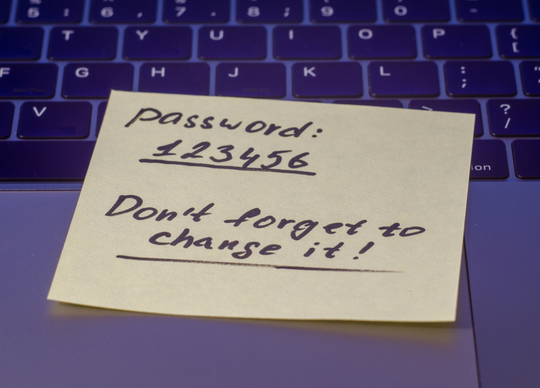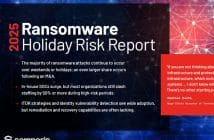
According to the 2021 research by NordPass, 123456 is the most popular password in Australia. Moreover, it is the top password in 43 countries out of the 50 analysed, and is also the most popular worldwide.
This year the annual research covers 50 different countries, the top passwords among different genders, as well as a global view.
THESE ARE THE TOP 20 MOST COMMON PASSWORDS IN AUSTRALIA:
- 123456
- password
- lizottes
- password1
- 123456789
- 12345
- abc123
- qwerty
- 12345678
- holden
- charlie
- 1234567
- qwerty1
- 111111
- dragon
- 1234
- 1234567890
- qwerty123
- australia
- princess
This year, the research published by NordPass features not only the top 200 passwords globally but also covers the top 200 passwords of 50 different countries.
TRENDS AND DIFFERENCES AMONG COUNTRIES AND GENDERS
Overall, the Australian password list has similar trends to many other countries.
- Similarly, to other countries, sports and football-related passwords were quite popular in Australia, especially among men. “liverpool1”, “arsenal”, “football1” were just some of the passwords that appeared on the list.
- Easy number combinations, such as the winning “123456”, are popular everywhere in the world. In fact, “123456” was the most popular password in 43 countries out of the 50 analysed. The top passwords in the remaining seven countries were not that different: In India, the top password was the word “password”, Indonesia — “12345”, Japan — “password”, Portugal — “12345”, Spain — “12345”, Thailand — “12345”, Ukraine — “qwerty”.
- “Qwerty” and the variations of it or the localised versions of “qwerty” (for example, “azerty” in French speaking countries) are also popular in all the analysed countries, including Australia.
- People use loving words everywhere, such as “iloveyou” and its localised versions (“ichliebedich”, “tequiero” and so on). Overall, women tend to use more loving words.
WEAK PASSWORDS — A GLOBAL PROBLEM
The NordPass research also illustrates how weak the top passwords are by indicating the time it would take a hacker to crack that password. While the “Time to crack” measure is indicative and depends on various technological aspects, it’s a good reference point that shows how poor these passwords are. Overall, in Australia 137 passwords out of the 200 can be cracked in less than a second. That’s 68.5%, whereas globally, the percentage is 84.5%.
“Unfortunately, passwords keep getting weaker and people still don’t maintain proper password hygiene,” says Jonas Karklys, CEO of NordPass. “It’s important to understand that passwords are the gateway to our digital lives, and with us spending more and more time online, it’s becoming enormously important to take better care of our cybersecurity.”
Found your password on the “most popular” list?
Jonas Karklys, CEO of NordPass advises taking a few simple steps to improve your password hygiene.
- If you found your password on the list, make sure to change it to a unique and strong one. Ideally, use a password generator online or in your password manager app to create a truly complex password.
- Store your passwords in a password manager. Nowadays, an average person has around 100 accounts, so it would be impossible to remember all the passwords if they are indeed unique and complex. Password managers are a great solution for that, but make sure to use a trustworthy, reliable, and, ideally, third-party audited provider.
- Use multi-factor authentication. Whether it’s biometric authentication, a phone message, or physical key, it’s always a good idea to add an extra security layer on top of your password.
Methodology: The list of passwords was compiled in partnership with independent researchers specializing in research of cybersecurity incidents. They evaluated a 4TB-sized database.
Researchers classified the data into various verticals, which allowed them to perform a statistical analysis based on countries and gender.
With regard to the gender vertical, the researched data was classified by gender only if it included a gender key. If the breached data didn’t contain the data key, it was classified as “unknown”.





